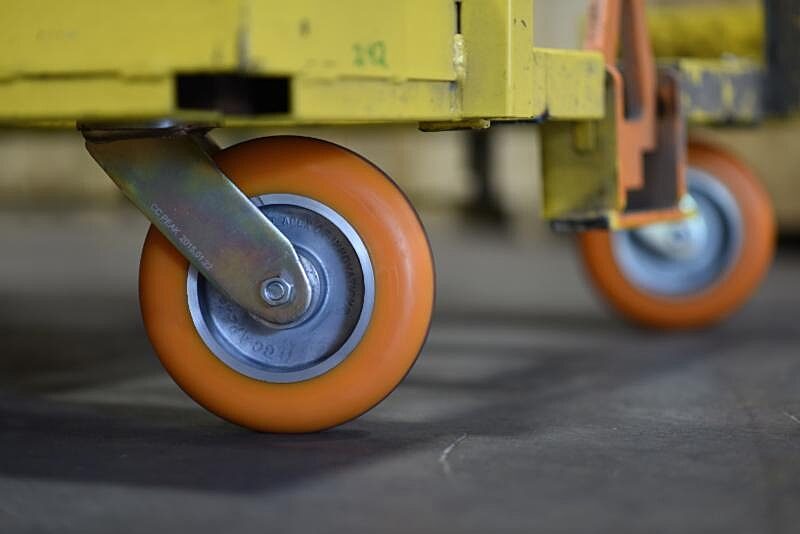CC Apex Extended Lead Simplifies Handling for Manufacturer

A manufacturing facility in Kentucky was struggling with material handling challenges while transporting automotive components on their heavy-duty carts, which weigh over 2,000 pounds. By replacing their existing casters with CC Apex extended swivel lead casters, Caster Connection was able to improve push/pull performance, worker safety, and efficiency for the manufacturing facility.

















